Credit Education And How To Improve It!

Use of revolving credit accounts (e.g., credit cards, store cards, revolving lines of credit, etc.) factors heavily into a FICO® Score. FICO Scores evaluate the use of revolving credit in a variety of ways, including the percentage of available credit being used and how many accounts have a balance. Generally, consistently carrying lower revolving credit balances will factor positively into a FICO Score.
Note that even if you pay your credit card balances in full each month, your account balance won't necessarily show on your credit report as $0. Instead, your credit report will reflect the account balance reported to the credit bureau by the lender, which is typically the balance from your latest monthly statement.
FICO Score Ingredients impact: Amount of Debt (30% of a FICO Score); Length of Credit History (15% of a FICO Score).
Paying down a credit card balance reduces the percentage of available credit being used, which can positively affect a FICO Score.
How much a credit limit increase affects a FICO® Score depends on how much of a credit limit increase is given and the percentage of available revolving credit that is currently being used. A credit limit increase reduces the percentage of available credit being used, which can positively affect a FICO Score. Requesting a credit limit increase may also result in a credit inquiry, which can negatively affect a FICO Score.
FICO Score Ingredients impact: Amount of Debt (30% of a FICO Score); New Credit (10% of a FICO Score).
A credit limit increase reduces the percentage of available credit being used, which can positively affect a FICO Score.
Generally, applying for and obtaining new credit indicates greater credit risk and can affect a FICO® Score. How much of an impact seeking new credit has on a FICO Score depends on a variety of factors, including one's credit history and how many new accounts have recently been opened.
FICO Score Ingredients impact: Amount of New Credit (10% of a FICO Score).
Bottom Line: Opening a new account indicates greater credit risk and can affect a FICO Score, so it's best to only apply for new credit as needed.
Your score will drop15 Points
Generally, applying for and obtaining new credit indicates greater credit risk and can affect a FICO® Score. How much of an impact seeking new credit has on a FICO Score depends on a variety of factors, including one's credit history and how many new accounts have recently been opened.
FICO Score Ingredients impact: Amount of New Credit (10% of a FICO Score); Amount of Debt (30% of a FICO Score); Credit Mix (10% of a FICO Score).
Opening new credit indicates greater credit risk and can affect a FICO
Consolidation
How a credit card balance transfer affects a FICO® Score depends on a variety of factors, including the size of the new credit line, which credit card balances are being transferred onto the new card, and whether those accounts are closed or kept open after the balances have been transferred. The new credit account (and possibly a credit inquiry) posting to the credit report can also affect a FICO Score.
FICO Score Ingredients impact: Amount of New Credit (10% of a FICO Score); Amount of Debt (30% of a FICO Score); Credit Mix (10% of a FICO Score).
Opening new credit indicates greater credit risk and can affect a FICO Score.
Close down a credit card
Score may drop below 10 POINTS
Closing down a credit card account with a $0 balance will not have a positive impact on a FICO® Score. FICO Scores consider the percentage of available credit being used. Closing down a credit card account will likely reduce the total amount of available credit and increase the percentage of available credit being used, which can negatively affect a FICO Score. Closing down a credit card will likely have a greater impact on a FICO Score if the percentage of available credit being used is currently reported as low or moderate, and have less of an impact if the percentage of available credit being used is currently reported as high.
Note that even if you pay your credit card balances in full each month, your account balance won't necessarily show on your credit report as $0. Instead, your credit report will reflect the account balance reported to the credit bureau by the lender, which is typically the balance from your latest monthly statement.
FICO Score Ingredients impact: Amount of Debt (30% of a FICO Score).
Closing down a credit card account will likely reduce the total amount of available credit and increase the percentage of available credit being used, which can have a negative impact on a FICO Score.
Max out all your credit cards
100 SIMULATED POINTS
Using close to the maximum amount of credit limits on credit cards can have a negative impact on a FICO® Score. Both FICO Scores and lenders consider being close to or at the limit of your available credit a high credit-risk behavior. Maxing out credit cards will likely have a greater impact on a FICO Score if the current balances are low or moderate relative to their credit limits, and less of an impact if the current balances are already high relative to their credit limits.
Note that even if you pay your credit card balances in full each month, your account balance won't necessarily show on your credit report as $0. Instead, your credit report will reflect the account balance reported to the credit bureau by the lender, which is typically the balance from your latest monthly statement.
FICO Score Ingredients impact: Amount of Debt (30% of a FICO Score).
Carrying very high balances relative to their credit limits on revolving accounts can have a negative impact on a FICO Score.
Credit Limit Increases
How much a credit limit increase affects a FICO® Score depends on how much of a credit limit increase is given and the percentage of available revolving credit that is currently being used. A credit limit increase reduces the percentage of available credit being used, which can positively affect a FICO Score. Requesting a credit limit increase may also result in a credit inquiry, which can negatively affect a FICO Score.
FICO Score Ingredients impact: Amount of Debt (30% of a FICO Score); New Credit (10% of a FICO Score).
A credit limit increase reduces the percentage of available credit being used, which can positively affect a FICO Score.
Revolving Credit Card Accounts
Use of revolving credit accounts (e.g., credit cards, store cards, revolving lines of credit, etc.) factors heavily into a FICO® Score. FICO Scores evaluate the use of revolving credit in a variety of ways, including the percentage of available credit being used and how many accounts have a balance. Generally, consistently carrying lower revolving credit balances will factor positively into a FICO Score.
Note that even if you pay your credit card balances in full each month, your account balance won't necessarily show on your credit report as $0. Instead, your credit report will reflect the account balance reported to the credit bureau by the lender, which is typically the balance from your latest monthly statement.
FICO Score Ingredients impact: Amount of Debt (30% of a FICO Score); Length of Credit History (15% of a FICO Score).
Paying down a credit card balance reduces the percentage of available
Mortgage
Generally may drop below 20 Points
Generally, applying for and obtaining new credit indicates greater credit risk and can affect a FICO® Scores. How much of an impact taking out a mortgage has on a FICO Score depends on a variety of factors, including one's credit history and how many new accounts have recently been opened.
FICO Score Ingredients impact: Amount of New Credit (10% of a FICO Score); Amount of Debt (30% of a FICO Score); Credit Mix (10% of a FICO Score).
Opening new credit indicates greater credit risk and can affect a FICO Score
Auto Loans10 Points
Generally, applying for and obtaining new credit indicates greater credit risk and can affect a FICO® Score. How much of an impact taking out an auto loan has on a FICO Score depends on a variety of factors, including one's credit history and how many new accounts have recently been opened.
FICO Score Ingredients impact: Amount of New Credit (10% of a FICO Score); Amount of Debt (30% of a FICO Score); Credit Mix (10% of a FICO Score).
Bottom Line: Opening new credit indicates greater credit risk and can affect a FICO Score.
Take out a student loan
25 POINTS
Generally, applying for and obtaining new credit indicates greater credit risk and can affect a FICO® Score. How much of an impact taking out a student loan has on a FICO Score depends on a variety of factors, including one's credit history and how many new accounts have recently been opened.
FICO Score Ingredients impact: Amount of New Credit (10% of a FICO Score); Amount of Debt (30% of a FICO Score); Credit Mix (10% of a FICO Score).
Applying for new credit indicates greater credit risk and can affect a FICO Score.
Personal Loans
20 Points
FICO Score Ingredients impact: Amount of New Credit (10% of a FICO Score); Credit of a FICO Score); Amount of Debt (30% of a FICO Score).
Applying for new credit indicates greater credit risk and can affect a FICO Score.
Consistently paying bills on time is a very important factor considered in a FICO® Score. On-time payments can have a positive impact on a FICO Score over time, while a history of late payments can have a negative impact. The more recently the late payments occurred, the greater the impact they will likely have on a FICO Score. As late payments age, their effect on a FICO Score will gradually lessen.
FICO Score Ingredients impact: Payment History (35% of a FICO Score).
Paying all bills on time can positively affect a FICO Score over time.
